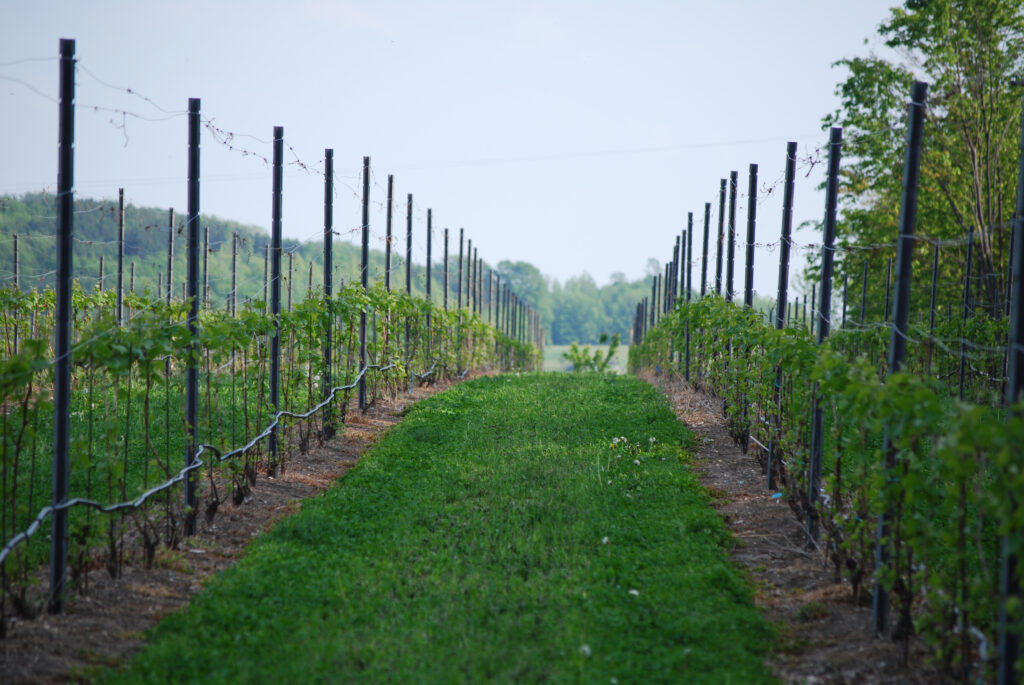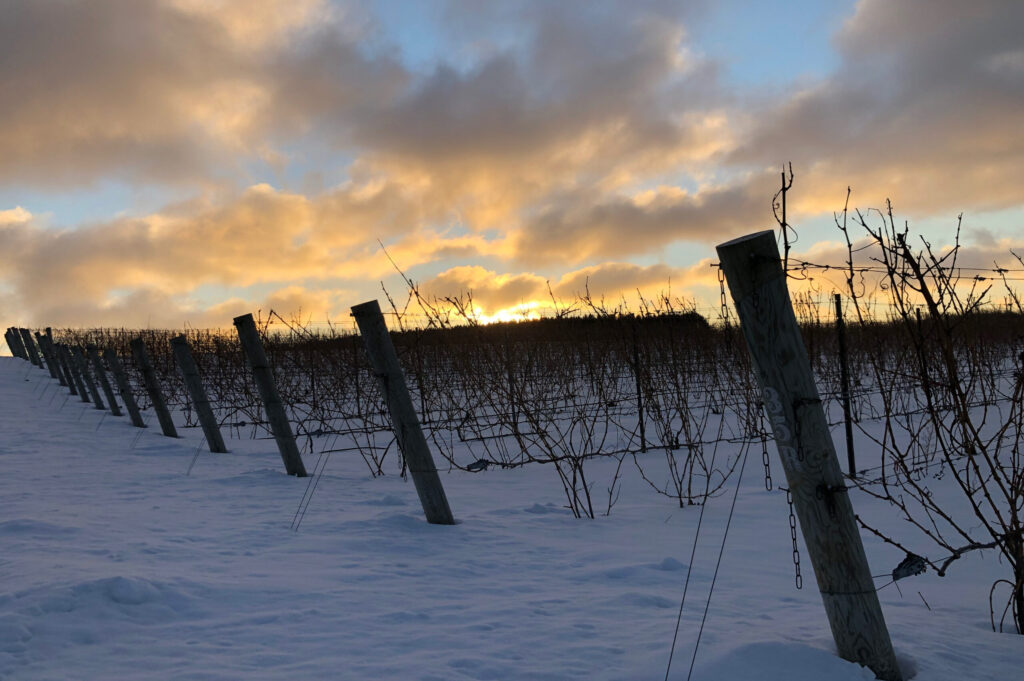Why Michigan Wine
A Brief History of Michigan Wine Industry
When did the Michigan wine industry begin? It all started in the 1700s when adventurous French settlers planted the first vineyards along the picturesque Great Lakes. By the 1800s, the grape-growing magic expanded, especially in Southwest Michigan, where they nurtured native beauties like Concord and Catawba. The Prohibition era threw a curveball, but crafty wineries switched to making juice and religious wines to keep the dream alive.
Fast-forward to the swinging 1960s and 1970s! Michigan winemakers embraced the sunlit slopes with European grapes varieties like Riesling, Chardonnay, and Pinot Noir. This delicious evolution birthed modern wineries and iconic American Viticultural Areas (AVAs) in the 1980s, including the charming Leelanau Peninsula, Old Mission Peninsula, and Lake Michigan Shore. Michigan wines began stealing the national spotlight with their cool-climate whites, exquisite ice wines, and daring reds.
Today, there are over 150 stunning wineries for you to explore! These gems inject billions into the state’s economy and welcome wine enthusiasts with open arms. Discover scenic vineyards and enticing wine trails that promise a memorable adventure. With five dynamic AVAs and a collection of award-winning wines, Michigan beckons as a top cool-climate wine haven in the U.S. 🍷 Welcome to your new favorite wine destination!
Why Are Michigan Wine Regions Able to Grow Grapes?
The Lake Effect Climate
It keeps the spring frosts at bay and ensures slow grape ripening.
Rolling Hills & Well-Drained Soils
Sandy, loamy perfection for growing top-notch grapes.
Snow
Acts as a protective blanket over the soil and vine roots, insulating them from extreme cold temperatures.
What is a Cool Climate Growing Region and How Does That Affect Michigan Wine?
A cool-climate growing region shapes wine in an exciting way. It lets grapes ripen slowly, keeping acidity high. This is key for that fresh taste and perfect balance. With moderate temperatures and a longer growing season, you’ll find complex aromas and flavors in whites like Riesling, Chardonnay, and Pinot Gris, plus light reds such as Pinot Noir and Cabernet Franc. These wines burst with bright fruit notes, crisp acidity, and elegant minerality. They’re not just delicious, but also a foodie’s dream and perfect for aging. Cooler temps keep aroma compounds alive, giving wines intense floral, citrus, and stone fruit whiffs.
Terroir, a fancy term for soil, climate, and geography mix, adds to the magic of cool-climate wine. Grapes here develop thicker skins, enhancing reds’ tannin structure and mouthfeel. The warm days and cool nights create ideal sugar and acid balance. This ensures lively wines with just-right alcohol levels. And right here in Michigan, the Great Lakes moderate the weather, minimizing frost risks. This gives grapes extended hang time, resulting in wines with amazing freshness, purity, and aging potential.


Reasons to Support Michigan Wine
The Michigan wine industry significantly contributes to the state’s economy across various sectors. Here’s an overview of its economic impact:
Economic Output
- Total Economic Activity: In 2022, the Michigan wine industry generated approximately $6.33 billion in economic activity.
wineamerica.org
Employment
- Job Creation: The industry directly employs around 25,611 individuals and supports an additional 9,351 jobs in supplier and ancillary industries, totaling 46,769 jobs statewide.
wineamerica.org - Wages: These jobs provide an average annual wage of $44,800, resulting in total wage generation of $2.10 billion.
wineamerica.org
Tourism Impact
- Visitor Numbers: Michigan’s wine regions attract approximately 615,700 tourist visits annually.
- Tourism Expenditures: These visits contribute about $208.94 million in tourism spending each year, benefiting local economies and tax bases.
wineamerica.org
Tax Revenue
- State and Local Taxes: The industry generates nearly $115.92 million in state and local taxes.
- Federal Taxes: An additional $287.75 million is contributed in federal taxes, bringing the total tax revenue to $403.67 million.
wineamerica.org
These figures underscore the Michigan wine industry’s vital role in bolstering the state’s economy through job creation, tourism, and substantial tax contributions.
Bringing Michigan Wine Country to You
Explore Michigan’s enchanting landscapes of rolling hills and lakeside vineyards without leaving home! Fifteen distinct family-owned wineries have teamed up to bring the essence of Michigan wine country straight to your doorstep. Immerse yourself in top-tier winemaking, lovingly crafted by passionate families and visionary entrepreneurs.
Visit our wine member’s tasting rooms when you can, but we know—it’s a busy world. At Michigan By The Bottle, wave goodbye to long trips and hello to rich flavors delivered right to you! Sample our hand picked selections that buzz with the vibrant spirit of Michigan’s wine scene—from the refreshing whites of the Leelanau Peninsula to the nuanced, aromatic reds of the Tip of the Mitt and beyond. Every sip offers a unique blend of soil, climate, and exquisite craftsmanship.

